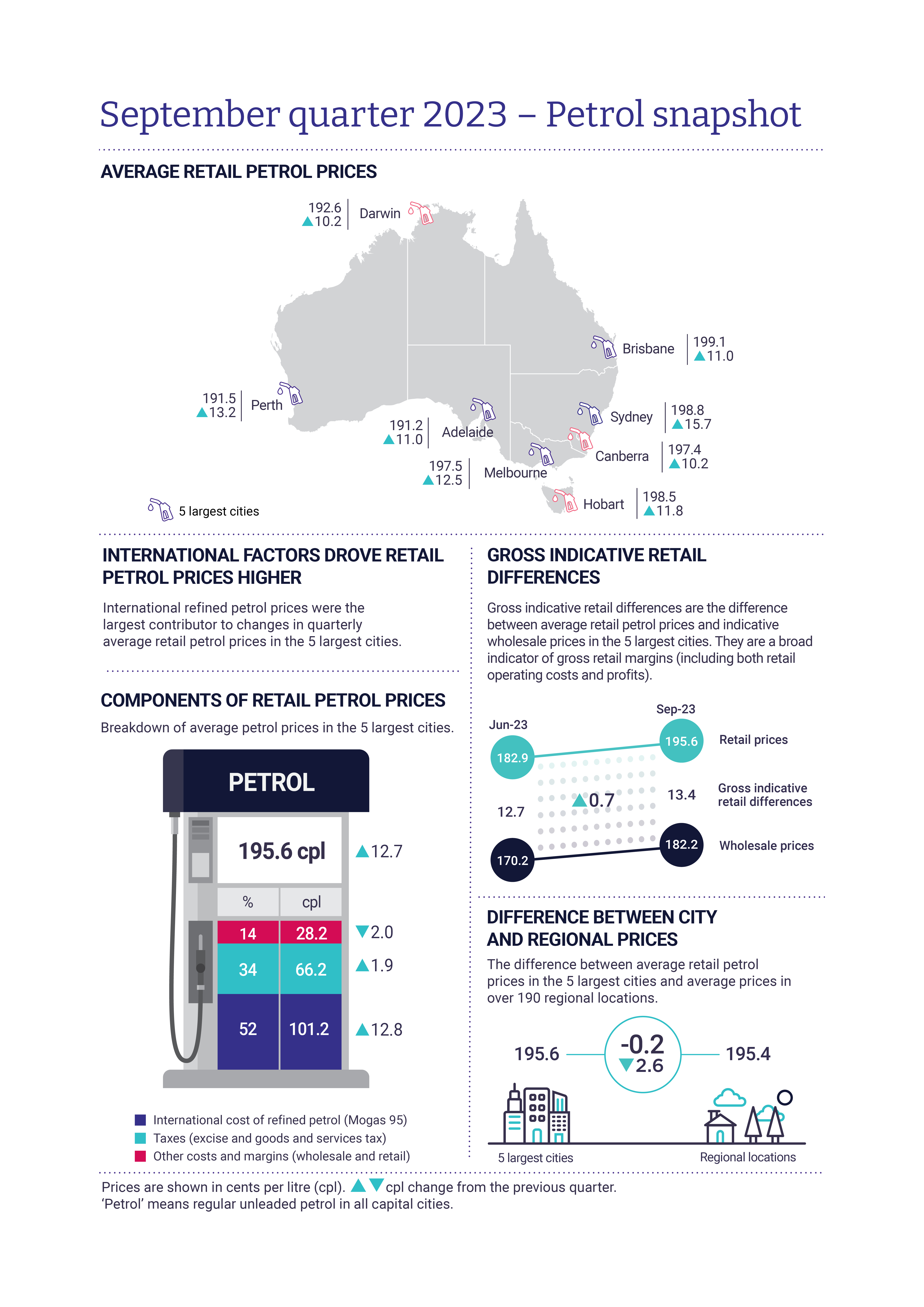 Oil Prices Decline as Concerns Over Demand Mount
Oil Prices Decline as Concerns Over Demand Mount
Amidst growing concerns over the global economic recovery and potential demand for oil, benchmark U.S. crude oil for August delivery fell by 35 cents to $79.78 per barrel on Monday. Similarly, Brent crude for September delivery dropped by 23 cents to $82.40 per barrel. These declines reflect the prevailing uncertainty in the market as investors weigh the impact of various factors on oil demand.
One factor contributing to the decline in oil prices is the resurgence of COVID-19 cases in several countries, particularly due to the spread of new variants. As governments reimpose restrictions and travel advisories, the demand for oil is expected to be negatively affected. This is especially true for aviation fuel, which heavily relies on air travel demand. With the uncertainty surrounding international travel, the recovery of this sector remains uncertain, putting downward pressure on oil prices.
Furthermore, the ongoing trade tensions between major economies, such as the United States and China, also contribute to the apprehension surrounding global economic growth. Trade disputes often result in reduced trade volumes and disruptions in supply chains, which can dampen economic activity and consequently lower oil demand. As a result, investors are closely monitoring developments in these trade negotiations, as they have a direct impact on the outlook for oil consumption.
On a positive note, the recent reopening of economies and the rollout of vaccination campaigns have provided some optimism for oil demand recovery. As more people resume their daily activities and travel restrictions are eased, there is an expectation of increased fuel consumption. However, this optimism is tempered by concerns that new COVID-19 variants may lead to further disruptions, especially if they prove to be more resistant to vaccines.
In addition to oil prices, other energy commodities have also experienced some fluctuations. Wholesale gasoline for August delivery rose by 2 cents to $2.47 a gallon, while August heating oil increased by 2 cents to $2.43 a gallon. August natural gas saw a significant rise of 12 cents to $2.25 per 1,000 cubic feet. These movements indicate the complex dynamics within the energy sector, with different commodities being influenced by a variety of factors.
Shifting our attention to precious metals, gold prices experienced a decline as investors sought riskier assets amidst positive economic data. Gold for August delivery fell by $4.40 to $2,394.70 per ounce. Silver, on the other hand, saw a marginal increase of 2 cents to $29.32 per ounce for September delivery. Meanwhile, September copper fell by 4 cents to $4.20 per pound. The fluctuations in these metals can be attributed to the interplay between investor sentiment, inflation expectations, and overall market conditions.
In terms of currency markets, the dollar weakened against the Japanese yen, falling to 157.07 yen from 157.51 yen. The euro, however, strengthened against the dollar, rising to $1.0890 from $1.0879. These currency movements reflect investor sentiment and expectations regarding the global economic recovery. A weaker dollar can make commodities priced in dollars, such as oil and gold, more attractive to international buyers as they get more value for their currencies.
In conclusion, the decline in oil prices can be attributed to various factors, including concerns over COVID-19 variants, trade tensions, and the overall economic recovery. The fluctuations in energy commodities, precious metals, and currency markets further demonstrate the complexity of the global financial landscape. Investors are advised to closely monitor these developments and exercise caution when making investment decisions in these volatile markets.

